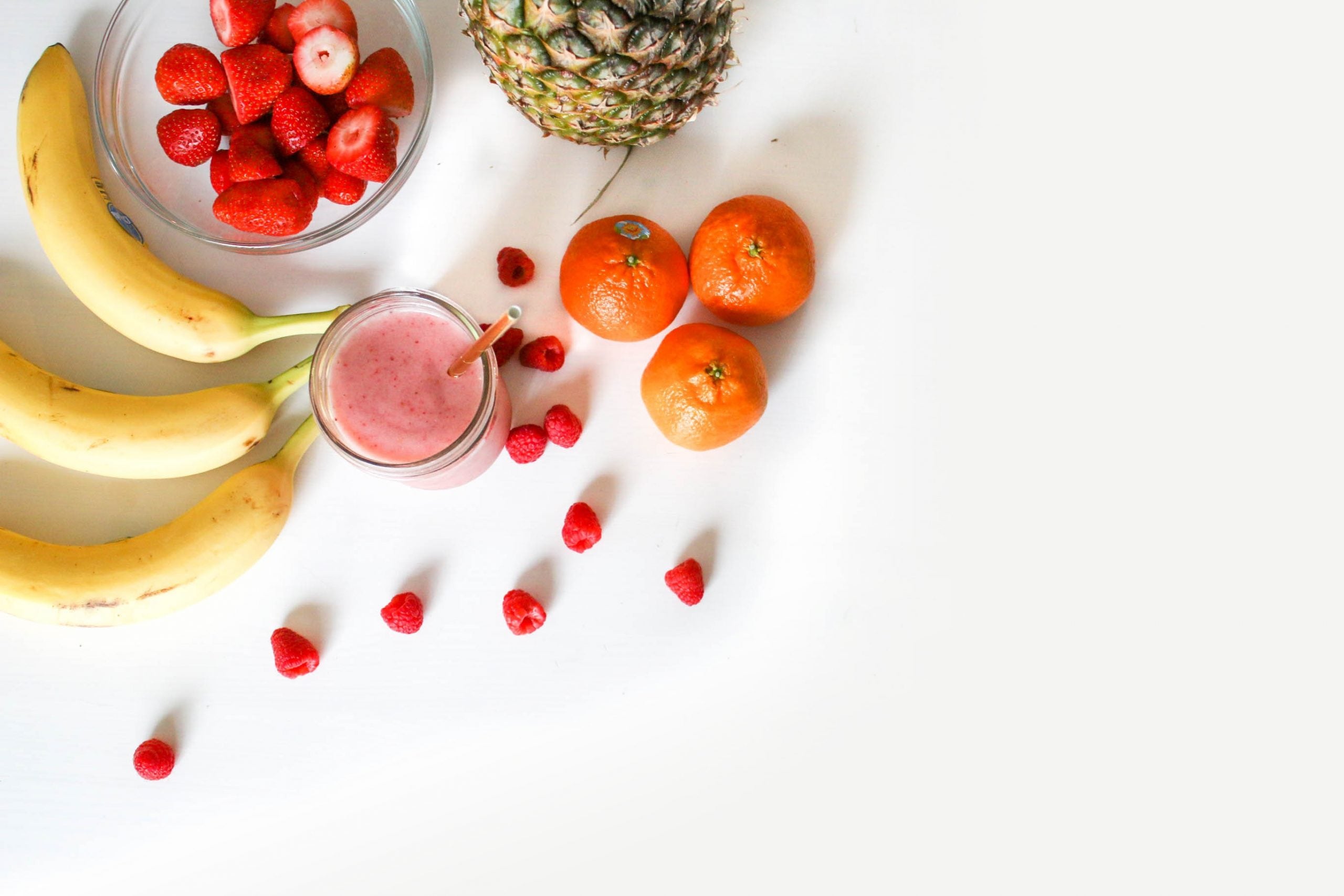Ask The RDN: Food For Recovery

While there is no magic pill for recovery from running, there are some small tweaks athletes can make to optimize their recovery after tough workouts and long runs.
The most important thing is to simply eat enough. Plain and simple. You can add in all of the special foods you want, but if you aren’t eating enough, you are hurting chances of recovery from runs and increasing your risk for injury.
Be wary of any product touting its magical recovery-enhancing properties. There is no magical pill that is going to help you recover from exercise. There are a lot of supplement pills out there that simply exist with little regulations around them. The supplement industry is a wild frontier, and it’s best if you come prepared with a whole foods approach to optimize nutrition vs. taking a pill, powder or whatever substance is purported to help – but most likely won’t.
Running is catabolic (catabolism is the breaking-down aspect of metabolism, whereas anabolism is the building-up aspect), and recovering from it requires sufficient amounts of all of the macronutrients (carbohydrates, fats, protein) to help it properly recover and repair itself. Make sure you’re not cutting out any macronutrients like fat, protein and carbohydrates to give your body the best shot at good recovery.
For instance, on a lighter training day (easy, <60 min run), focusing on having all of the macronutrients at all meals, but eating less carbohydrate and fat portion sizes and more vegetables can be a way to optimize your nutrition for that day of training.
On harder days of training (harder intensity <1hr or >60 min running), adding more carbohydrates and healthy fats can help sufficiently replace glycogen stores and ensure energy intake is up to optimize recovery.
Foods To Look For
If you have done all of the other things discussed above, there are particular foods that you can include in your diet to help balance inflammation in the body, which can help you feel better in your training (cue: these are not magical foods so don’t expect magical results. The most important thing is still to eat enough food, preferably from a wide variety of whole-food sources). A few of these foods include the following:
- Omega-3 Rich Foods: ALA, EPA, and DHA are the three different types of Omega-3 fatty acids. In general EPA and DHA are responsible for inflammation balancing. EPA and DHA are found in highest amounts in fish and dairy products. However, ALA, which can be found in higher amounts in chia seeds, flax seeds, and walnuts can be converted to EPA and DHA in the body at an average of a 1-10% conversion rate.
- High Leucine Foods: Leucine, one of the three branch chain amino acids (BCAAs), helps promote the highest rates of muscle protein synthesis (MPS), and focusing on leucine rich foods post run, could help speed recovery. Some of the top leucine-rich foods include: chicken, fish, tofu, yogurt, navy beans, and pumpkin seeds.
- Tart Cherry Juice or Pomegranate Juice: Touted for their high bioflavonoid content, these particular juices can help to quench excessive amounts of free radicals in the body, aiding in muscle recovery and inflammation balancing.
Creamy Tart Cherry Recovery Smoothie Bowl
Serves: 1
Ingredients:
For the Smoothie:
- ¾ cup tart cherry juice
- 3/4 frozen banana
- ¾ cup Greek yogurt or yogurt alternative
- 1 T chia seeds
For the Toppings (choose any or all):
- 1T chia seeds
- 1T nut butter (drizzle across the top)
- 1T cacao nibs
- Frozen fruit
- 1T crushed nuts
- 1T shredded coconut
Instructions:
Combine all of the smoothie ingredients in the blender. Blend until smooth (smoothie bowls should be thicker). Pour into a bowl and top with toppings of your choice. Enjoy!
Do you have a question for our RDN? Send your trail-running-nutrition quandaries to kylee@flynutrition.org.
Kylee Van Horn is a licensed Sports Registered Dietitian and competitive trail runner.